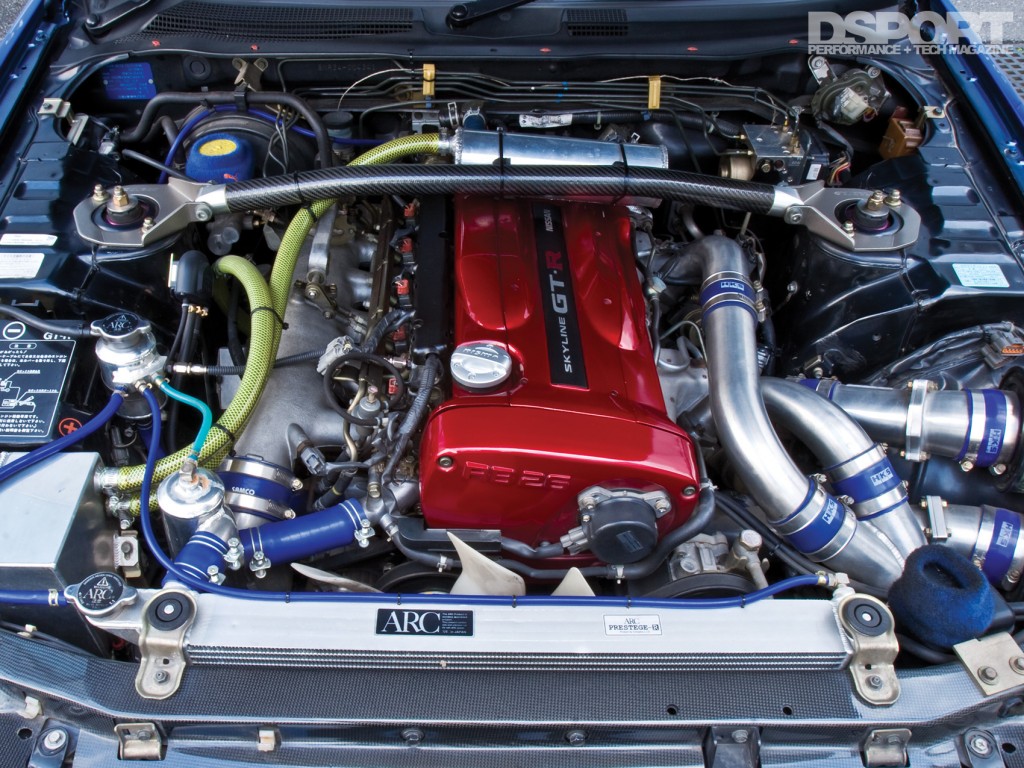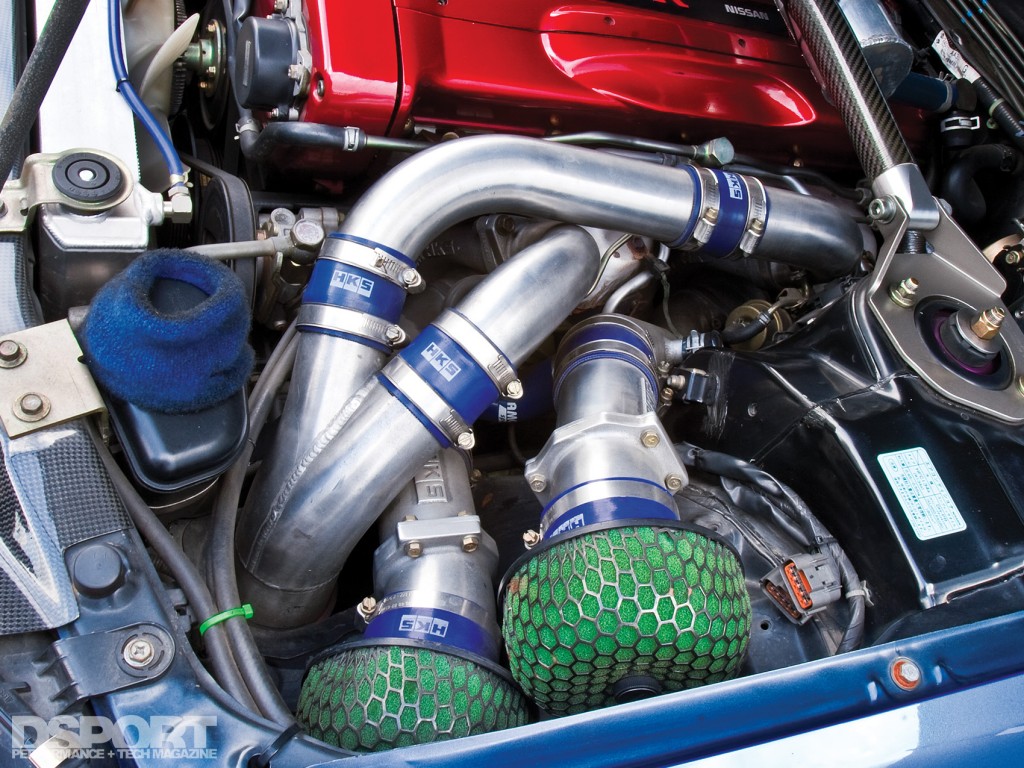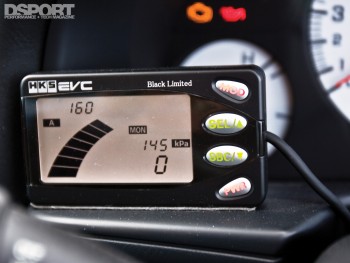The race circuit is often the proving grounds for automotive technology. When engineers create performance products, race platforms often serve as the test bed for research and development. Sometimes this technology trickles down to the street once proven on the track. If an engineer happens to work at Exedy Corporation’s main office in Osaka, Japan, then the stakes are raised a bit higher. Yoshinobu Fukuda is more than an engineer at Exedy; he’s a dedicated enthusiast as well. When Nissan released the R34 Skyline GT-R, Fukuda knew that the incredible potential of this GT-R would suit his needs.
Text and Photos by Richard Fong
Unveiling The Power
To uncover the hidden talents of the R34, work began on the engine. Taking advantage of the years of research that Nissan has put into perfecting the RB26 engine, Fukuda elected to upgrade to an RB26 N1 block. The all-iron engine block of the RB26 was already a solid unit; however, the N1 block, which Nissan Motorsports (NISMO) developed for Group-A racing offered greater rigidity, higher-flowing coolant passages and improved lubrication channels. NISMO N1 oil and water pumps take advantage of the N1 block’s improved design, ensuring maximum cooling and lubrication. NISMO 8.5:1 compression N1 forged-aluminum pistons fill the cylinders while factory rods and a balanced crankshaft complete the rotating assembly. The high-flowing RB cylinder head remained stock. It is mated to the N1 block with a NISMO metal head gasket that provides a positive seal. To actuate the valvetrain, Fukuda selected 252-degree intake and 264-degree exhaust cams by TOMEI POWERED.
Rapid Spool
With the longblock complete, Fukuda explored the plethora of part combinations that could deliver the response and power that he desired. He chose a pair of quick-spooling HKS GT2530 ball-bearing turbochargers to deliver the boost pressure needed to make responsive power. NISMO turbo outlets channel spent gases through a Fujitsubo downpipe and titanium exhaust system. On the induction side, HKS Racing Suction intake pipes and filters direct ambient air to the compressors of the turbochargers. ARC intercooler piping joins the compressor outlets to the 100mm-thick ARC front-mount intercooler. After rejecting heat at the intercooler, the charge air flows through the factory intake manifold toward the combustion chambers. A six-pack of SARD 600cc/min fuel injectors sprays 100-octane pump gas into the intake ports. A NISMO in-tank fuel pump and fuel pressure regulator keep the fuel injectors well supplied.
Maps, Tables and Boost
Coordination of the fuel delivery and the ignition events was entrusted to an HKS V-Pro engine management system. The high-resolution tables allow precise tuning of the fuel delivery and the ignition timing for maximum results. With the HKS EVC boost controller set to 18.5 psi, the RB26 delivers a quick spooling 512 horsepower and 408 lb-ft of torque to the wheels. This calculates to 602 horsepower at the flywheel, which is a 109-percent increase over the factory- specified 287 flywheel horsepower.






